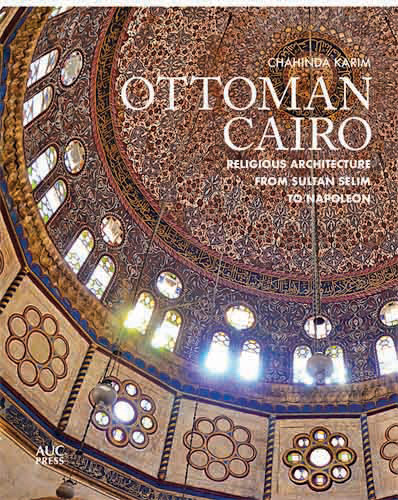“Ottoman Cairo was a continuing evolution that reflected the architectural development of the city. It integrated the past with the present, culminating in a splendid finale, a perfect city with a brilliant architectural history.”
—From Ottoman Cairo
This work challenges a common misconception among scholars that Ottoman religious architecture in Egypt, from the 16th to 18th century, represents a decline in skill and attractiveness from the architecture of the preceding Mamluk period. The book shows how Mamluk religious structures influenced the Ottoman newcomers and their search for a new local architectural identity. The chapters follow a century-based chronology showing the gradual evolution of a freshly emerging Ottoman identity echoing that of the empire’s capital Istanbul. The book features a special chapter or annex on
, structures with a cistern/drinking fountain on the lower floor for the general public and a neighborhood Islamic elementary school on the second floor for orphans and poor children.

